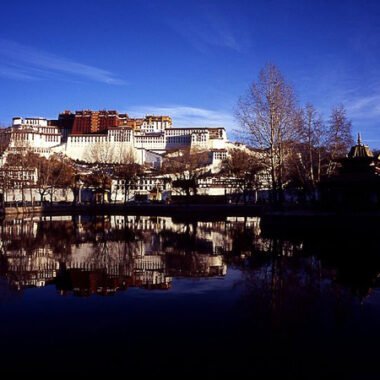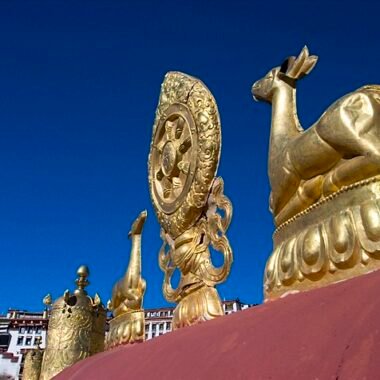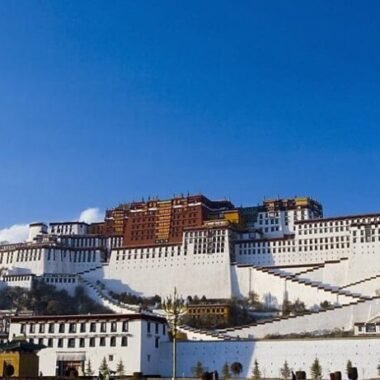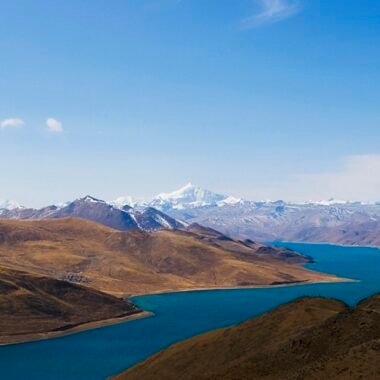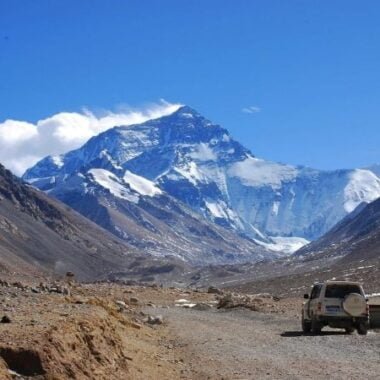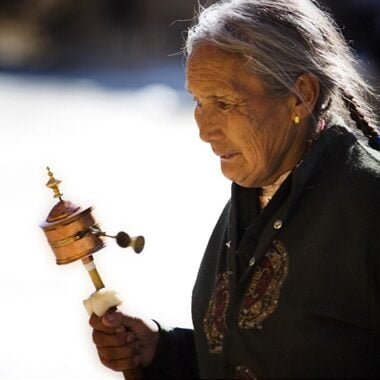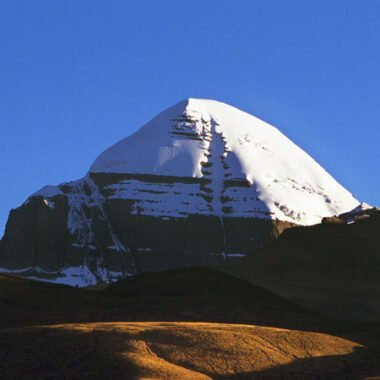Tibet Weather
When planning a trip to Tibet, understanding the region’s unique weather patterns is crucial for a comfortable and enjoyable experience. Tibet, often referred to as the “Roof of the World,” boasts diverse climates due to its high elevation and varied topography. Here’s a comprehensive guide to help you prepare for your Tibetan adventure.
General Climate Overview
Tibet’s climate is characterized by stark contrasts, influenced by its high altitude and geographical diversity. Each season offers a different perspective on Tibet’s breathtaking landscapes and cultural treasures.
Spring (April to June)
Weather: Spring in Tibet is a time of rejuvenation. Temperatures gradually rise, ranging from 5°C to 20°C. The days become longer and sunnier, though nights can still be chilly.
What to Expect: Snow begins to melt, rivers swell, and flowers bloom, especially in lower-altitude areas like Lhasa. The air is crisp and fresh, making it an ideal time for sightseeing and cultural exploration.
Travel Tips: Pack layers, including a warm jacket for cooler mornings and evenings. Sunglasses and sunscreen are essential to protect against the high-altitude sun.
Summer (July to August)
Weather: Summer is the warmest season in Tibet, with daytime temperatures ranging from 10°C to 25°C. However, this is also the monsoon season, bringing occasional rain, especially in southeastern Tibet.
What to Expect: Lush green landscapes, clear blue skies, and vibrant festivals. Despite the rains, most days remain dry, and the high-altitude sun is strong.
Travel Tips: Lightweight clothing for daytime, a rain jacket, and sturdy waterproof shoes are recommended. Stay hydrated and use sun protection to avoid altitude sickness.
Autumn (September to October)
Weather: Autumn is considered the best time to visit Tibet. Temperatures range from 0°C to 15°C, with clear skies and minimal rainfall. The air is cool and crisp, offering excellent visibility for scenic views.
What to Expect: Stunning fall foliage, golden landscapes, and fewer tourists. This season is perfect for trekking, photography, and exploring the natural beauty of Tibet.
Travel Tips: Dress in layers to accommodate varying temperatures throughout the day. A good pair of hiking boots and a hat for sun protection are advisable.
Winter (November to March)
Weather: Winter in Tibet is cold, with temperatures often dropping below freezing at night, ranging from -10°C to 10°C during the day. However, the region experiences dry weather with plenty of sunshine.
What to Expect: Snow-covered landscapes, fewer tourists, and a peaceful atmosphere. While some high-altitude areas may be inaccessible, places like Lhasa remain open and offer a serene travel experience.
Travel Tips: Pack warm clothing, including thermal layers, a heavy jacket, gloves, and a hat. Ensure your accommodation has heating facilities, and be prepared for potential travel delays due to snow.
Altitude Considerations
Regardless of the season, Tibet’s high altitude significantly impacts its weather and can affect travelers. Symptoms of altitude sickness, such as headaches, dizziness, and shortness of breath, are common. To acclimatize:
- Spend a few days in Lhasa (3,650 meters/11,975 feet) before traveling to higher altitudes.
- Stay hydrated and avoid strenuous activities during the first few days.
- Consider medication for altitude sickness, as prescribed by your doctor.
Packing Essentials
To ensure a comfortable trip, consider packing the following items:
- Clothing: Layered outfits, thermal wear, a waterproof jacket, comfortable walking shoes, and warm accessories for winter.
- Sun Protection: Sunglasses, sunscreen, lip balm, and a wide-brimmed hat.
- Health Supplies: Altitude sickness medication, a basic first aid kit, and personal medications.
- Miscellaneous: A reusable water bottle, snacks, a power bank, and travel adapters.
Final Thoughts
Tibet’s weather can be unpredictable, but with proper preparation, you can enjoy its stunning landscapes and rich cultural heritage in any season. Whether you’re trekking to Mount Everest Base Camp, exploring the Potala Palace, or simply soaking in the serene beauty of the Tibetan Plateau, understanding the region’s climate will help you make the most of your adventure. Embrace the unique weather of Tibet and get ready for an unforgettable journey to the heart of the Himalayas!
Popular Tours in Tibet
Contact Us
Please feel free to contact us for any questions you have when planning your tour to Tibet. We’ll be happy to help!

